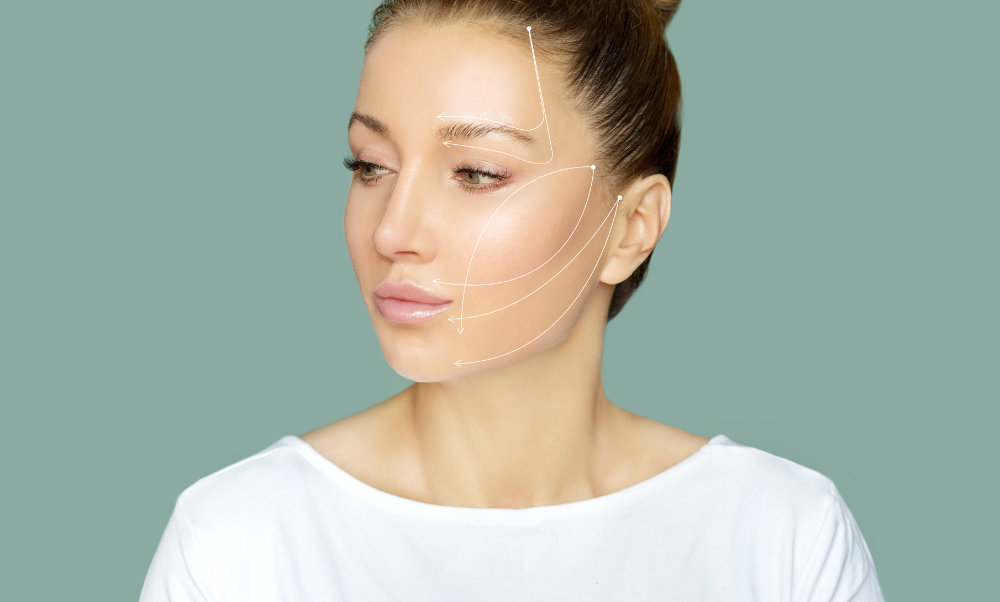The left and right renal veins are necessary for emptying the oxygen-depleted blood from the kidneys. A blood clot in one or both renal veins is known as renal vein thrombosis (RVT). Renal vein thrombosis is a rare complication resulting in kidney damage and other life-threatening complications. Adults are more likely to experience it than young people. Read on to learn more about the symptoms, risk factors, indicators, diagnosis, and treatment options for RVT.
Symptoms of Renal Vein Thrombosis
A tiny renal blood clot causes minimal symptoms if any. The following are some of the most common signs and symptoms:
- Reduced urination
- Ache in the lower back
- Urine with blood in it
In more severe cases, a blood clot in the lung may occur. If a fragment of the thrombus in the renal vein breaks off and travels to the lungs, it can produce chest pain that worsens with each breath. See Also: Does Laser Treatment Help with Scarring?
Adolescent RVT Indicators
RVT in children is extremely uncommon, but it does occur. The symptoms of adolescent RVT are more severe. Back pain and soreness behind the lower ribs may be the first symptoms they notice. Other signs and symptoms could include:
- Pain in hips
- Reduced urination
- Bloody urination
- Fever
- Nausea
- Vomiting
Renal Vein Thrombosis Risk Factors
Blood clots can often appear suddenly and have no obvious explanation. Certain factors may increase your chances of developing these sorts of clots. The following are some of the risk factors:
- Dehydration, which is especially common in infants with RVT.
- Enhanced estrogen treatment or oral contraceptives
- Tumors
- Back or abdominal trauma or damage
Renal vein thrombosis is linked to a variety of medical diseases, including genetic blood clotting disorders. In adults, nephrotic syndrome, a kidney ailment that causes the body to excrete too much protein in the urine, can cause RVT. Excessive damage to blood vessels in the kidneys is usually the cause.
5 Diagnostic Tests for Renal Vein Thrombosis
Urinalysis: A urine test that can be used to determine the underlying cause of RVT and diagnose renal problems. You may have RVT if your urinalysis reveals an excess of protein in the urine or an irregular presence of red blood cells.
CT Scan: Blood in the urine, lumps or tumors, infections, kidney stones, and other abnormalities can all be detected with CT scans.
Doppler Ultrasonography: This type of ultrasound imaging can capture images of blood flow and aids in the detection of abnormal blood in the renal vein.
Venography: In venography, your doctor will take X-rays of your renal veins. This includes injecting a particular dye into the veins with a catheter. The doctor will use an X-ray to examine the flow of the colored blood and will detect any blood clot or blockage in the imaging.
MRI or MRA: The test, Magnetic Resonance Imaging (MRI), detects malignancies, internal bleeding, infections, and vascular problems.
Magnetic resonance angiography (MRA) aids in the detection and diagnosis of blood clots as well as the detection of aneurysms. See Also: What Exactly Is Laser Therapy and How Does It Work?
RVT Treatment Options
The severity of the thrombosis, its size, and if it has clots in both renal veins are all determining factors for the treatment for RVT that will be taken. Medication: Medication is the most common kind of treatment, as it can dissolve clots or prevent them from developing. Anticoagulants (blood thinners) are used to prevent blood clots and maybe the most efficient plan to avoid new clots. Existing clots can also be dislodged with thrombolytic medicines. Dialysis: If the RVT has left you with severe kidney damage and renal failure, you may need to go on dialysis for a while. Dialysis is a procedure that helps restore kidney function when it has become inefficient. Surgery: You may need surgery to remove clots from the renal vein if your RVT gets severe. You may need to have a kidney removed in rare cases, and only if issues arise.
Conclusion
There is no single way to prevent RVT because a multitude of things can cause this illness. To lower your risk of blood clots, one of the simplest things you can do is stay hydrated and drink plenty of water. Sticking to your treatment plan can help prevent RVT if you have a blood clotting disorder and have been prescribed blood thinners. Deviating from a specified treatment plan can put you at risk for problems. RVT is a rare yet dangerous complication and should be addressed as soon as possible. Schedule an appointment with The Youth Fountain at Freehold, NJ. Our expert Dr. Rada Shakov, a board-certified gastroenterologist, will develop a treatment plan that will help you overcome RVT.



